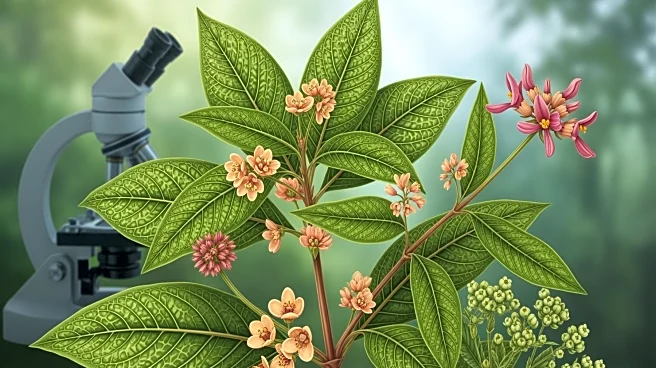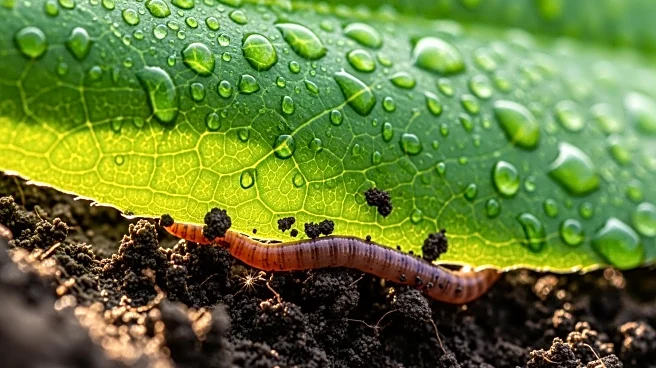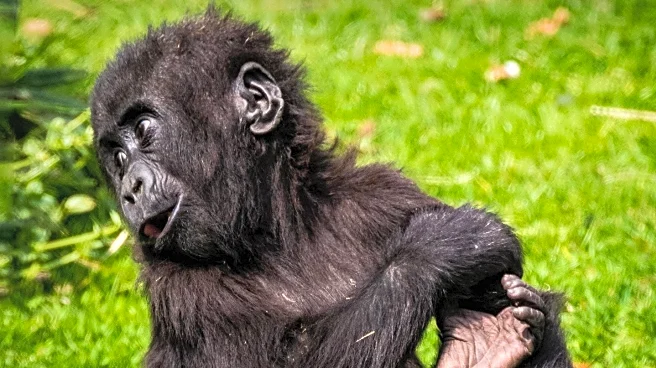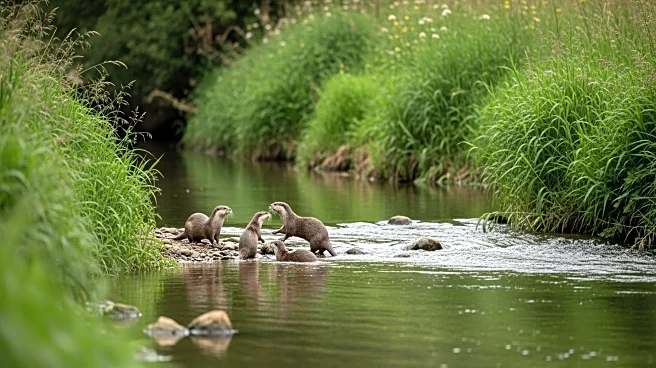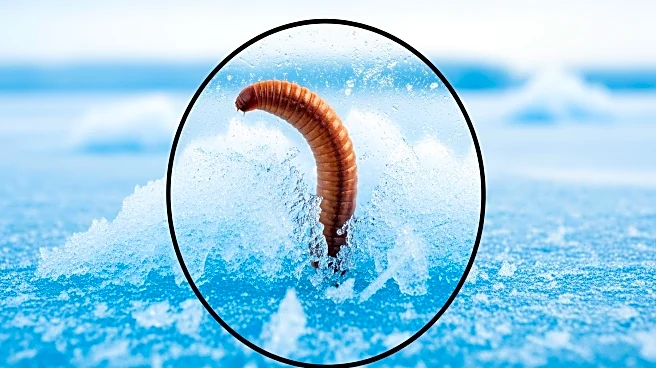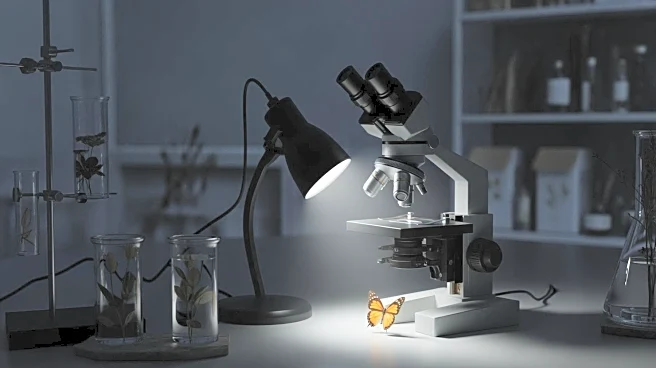What's Happening?
A recent study published in Nature details the chromosome-scale assembly of Ormosia boluoensis, a shade-tolerant tree species found in specific altitudes along streams. The research involved comprehensive
genome sequencing and assembly using advanced techniques such as Oxford Nanopore Technologies and Illumina platforms. The study aimed to understand the genetic makeup and reproductive characteristics of O. boluoensis, which is known for its leathery leaves and white flowers. The genome assembly process included the use of Hi-C scaffolding and various gene prediction methods, resulting in a detailed annotation of the species' genome. This research is part of a broader project focused on genetic diversity and seedling breeding of rare and endangered species in the Guangdong Xiangtoushan National Nature Reserve.
Why It's Important?
The chromosome-scale assembly of Ormosia boluoensis provides significant insights into the genetic structure and reproductive strategies of this species, which is crucial for conservation efforts. Understanding the genetic diversity and reproductive mechanisms can aid in developing strategies to protect and propagate this species, which faces challenges such as pest attacks and low seed yields. The research contributes to the broader field of genomics by offering a detailed methodology for genome assembly and annotation, which can be applied to other plant species. This study also highlights the importance of preserving biodiversity and the role of genetic research in supporting conservation initiatives.
What's Next?
Future research may focus on applying the findings from this study to enhance conservation strategies for Ormosia boluoensis and similar species. There is potential for further exploration of the genetic traits that contribute to the species' resilience and adaptability. Additionally, the methodologies developed in this study could be used to investigate other rare and endangered plant species, contributing to global biodiversity conservation efforts. Collaboration with conservationists and policymakers could lead to the implementation of targeted breeding programs and habitat protection measures.
Beyond the Headlines
The study of Ormosia boluoensis not only advances scientific understanding but also raises ethical considerations regarding the conservation of endangered species. The genetic insights gained could inform policies on habitat preservation and sustainable use of natural resources. Furthermore, the research underscores the importance of integrating scientific findings with cultural and ecological knowledge to develop holistic conservation strategies.
